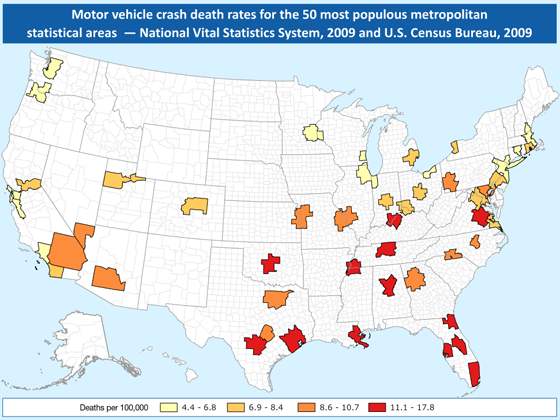In the January/February issue of Risk Management, I wrote about how celebrity chef Guy Fieri’s new Times Square restaurant, Guy’s American Kitchen & Bar, seemed to be finding a certain level of ironic success, despite being panned in a notoriously scathing New York Times review.
Well, yesterday the restaurant has made headlines once again – this time for a rookie marketing mistake that produced hysterical results. It seems that for some unknown reason Guy Fieri’s people never bothered to register the domain name guysamericankitchenandbar.com, instead opting for the shorter guysamerican.com. Their oversight did not go unnoticed, however, and an enterprising computer programmer named Bryan Mytko snapped up the longer domain and put up an amazing parody menu on the site that looks very much like the real thing, until you read about dishes like:
- Honky-Tonky Double Barrel Meat Loaded Blast: A Sammy Hagar lookalike pushes your face into a leather bag filled with oil and if you eat the whole thing, you get to eat a 13 pound burger.
- Reno!!!: Popcorn crusted popcorn chicken stuffed inside Guy’s Nuthin’ Fancy meatloaf and superbanged in a volcano of Tabasco butter We pour it into a Lucite heel, smother it with our own special jalapeno sugarbrew, and set it on your lap on a neon sign. Served drunk and on fire. Add a Cinnabon and two more Cinnabons 4.95
- Football: The Meal: Warm, broken hamburgers, served in a clear plastic bag enclosed in a larger, black trash bag. Thrown at you from 40 yards.
- Panamania!: Deep fried snake with a printed out picture of David Lee Roth stapled on it and a sparkler sticking out of each eye. Served with a side of Bud Light you have to wring out of a Hawaiian shirt.
There’s even a salad for the health-conscious:
- The Olive Garden: 22 pounds of wine-stunned Kalamata olives tumbled over chopped iceberg lettuce and served in a trough, family-style. Ranch hose optional, but recommended.
As parodies go, the site is definitely more funny than malicious. But Mytko has already gotten blowback from the internet community when it was revealed that he stole most of the jokes from various people on Twitter. On top of that, I’m sure Guy Fieri’s legal team is taking note.
Of course, the greater lesson here should be obvious by now, but evidently it bears repeating: If you don’t take control of your image online, the internet will be more than happy to do it for you. And you may not like the results.


